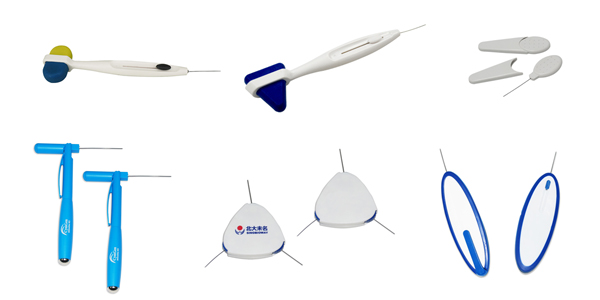What is a Monofilament Test and Why Use?
What is a monofilament(monofilament test)?
A monofilament test is the most effective and convenient way to test for the loss of protective sensation (LOPS), which may be caused by conditions such as diabetes. So it is usually used by diabetic patients in clinics, hospitals, or at home.
Why use a monofilament test?
Individuals with loss of protective sensation (LOPS) are 6-7 times more likely to develop ulcers. If healthcare providers and patients can detect Loss of Protective Sensory (LOPS) early, they can take the necessary precautions to protect their feet and avoid diabetic foot ulceration. Therefore monofilament test for LOPS is critical which can help to reduce diabetic foot ulceration and subsequent limb loss. This is why monofilament for diabetic foot exams has been widely adopted by the International Diabetes Federation, the World Health Organization, and the American Diabetes Association.
How to use a 10g monofilament?
In order to be effective, monofilaments must be standardized. Our monofilament uses a proprietary polymer fiber that provides 10 grams of force when bent to the point of flexion, the medical standard for screening for loss of protective sensation in the foot.
Firstly explain what you want to do and why. Apply the monofilament to somewhere else on the person, such as the foream, so they can experience the feel of the monofilament before the real monofilament test.
After initial use or rest, it is best to apply the monofilament a few times before applying it to a person's skin, as this will remove any residual stiffness. If this is not done, the monofilament will provide more than 10 grams of force.
Note:
1. About the step-by-step user guide, please follow the specific monofilament introductions card.
2. It is important to know that the monofilaments are easy to use and the majority of patients can self-screen diabetic foot at home with high accuracy.
How to preserve the monofilament?
Monofilaments can be adversely affected by time, extreme temperature, and high humidity, and should therefore be stored appropriately at room temperature in a dry environment. Please note that our monofilaments are designed to be used within 12 m.
